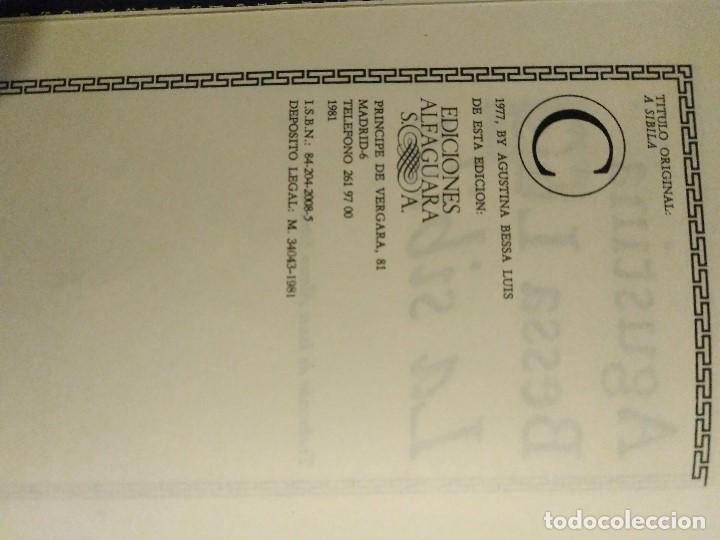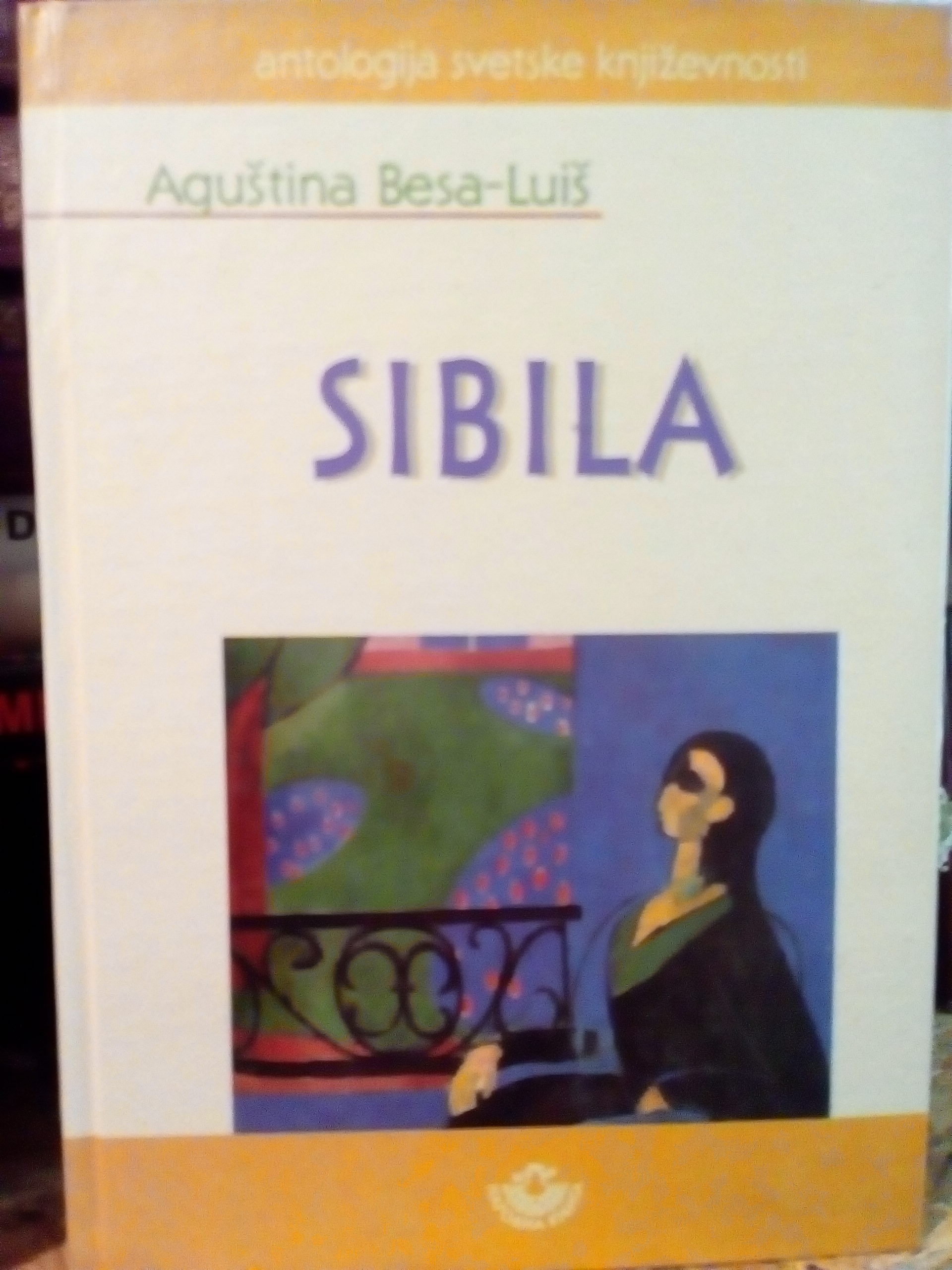


Susa Monteiro lives in the city of Beja, where she was born. Between 20, he would arrange study trips to Cape Verde and São Tomé and Príncipe for art students. He lectured at the department of Illustration at the Maryland Institute College of Art (Baltimore, USA) between 20. Since 2002, with the support of the ACEP, small NGOs from the PALOPS and other organisations, he has organised writing and illustration workshops. He has also published A viagem de Djuku and A máquina Infernal. In Portugal, where he currently lives, he has worked as an author/illustrator for magazines and newspapers and illustrated several books – Ilhas de fogo, Madre Cacau-Timor and Lenin Oil by Pedro Rosa Mendes, A cor Instável by João Paulo Cotrim, and Contos e Lendas de Macau, by Alice Vieira, earning him the National Prize for Illustration in 2002. He studied at the Institut Saint-Luc in Brussels where he met Eric Lambé together they created the Mokka and Pelure Amère magazines which had a great impact on the development of independent comic book publishers in France and Belgium. It is this kaleidoscope that allows us to celebrate the infinite richness of Agustina’s work and, in turn, it is this infinite richness that allows us to enlarge the kaleidoscope, adding glasses, mirrors, reflections or, as the writer would say, “human proof of love, justice, truth”.Īlain Corbel was born in Brittany, France, in 1965.


Through them, these women and their narratives, we come across ten of Agustina’s books once again through them, these portraits and the way they have been recreated from passages, we engage with ten perspectives on how to read Agustina’s work, which may or may not coincide with ours. And also of Lourença, Purinha, Ofélia, Camila, Ema, Fisalina, Rosalina and Ana. Sampaio, João Fazenda, João Maio Pinto, Luis Manuel Gaspar, Mantraste, Pedro Lourenço, Sebastião Peixoto, Susa Monteiro and Tiago Manuel) includes depictions of Quina, the Sybil, and Fanny Owen. This exhibition of portraits by ten illustrators (Alain Corbel, Cláudia R. As Agustina said, “ The model must be the artist’s intimate conscience, having spent a long time within its moral and physical evolution, to the point of having participated in it, so that one day, by dint of the creative and vindictive memory, it appears as a portrait.


 0 kommentar(er)
0 kommentar(er)
